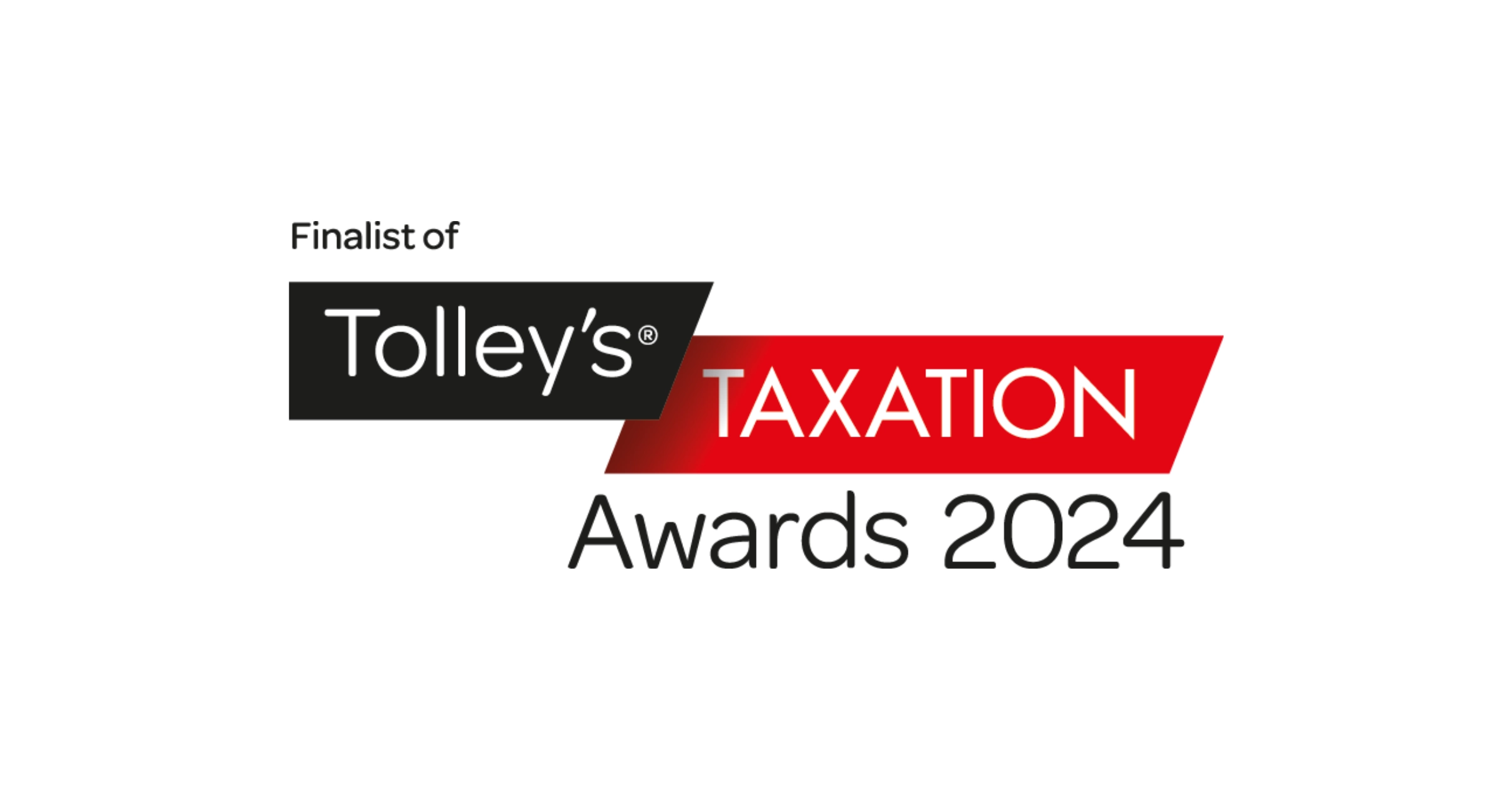The Patent Box is a new piece of legislation designed to help innovative, profitable companies to reduce their Corporation Tax, and therefore incentivise them to keep their operations in the UK.
This is the other side of the coin addressed by R&D Tax Credits. Whereas Tax Credits focus on helping companies to develop products in the UK, the Patent Box focuses on companies that have already developed successful and innovative products and are deciding where to locate their operations. Many companies opt to exploit their inventions partly or wholly in other jurisdictions, because of tax breaks that make those more appealing. The Patent Box aims to reverse that trend.
Who will qualify for the Patent Box?
Companies that are profitable in the UK and exploiting products which have patents attached to them will be eligible. As usual for government schemes, the detailed process of figuring this out will not be all that straightforward, but in summary, if:
- Your company has developed a product which relies on a patented technology that you own; and
- Your company is selling that product and recording the profits in a UK company; and
- Your company is paying Corporation Tax because of those profits;…
Then you will be able to significantly reduce your Corporation Tax liability. The maximum possible reduction is to effectively reduce your CT rate down to 10%. If you’re making a million pounds of profit, that can be a very substantial reduction – about £100k in a year.
Obviously, this is targeted at relatively mature companies. Early startups need not worry themselves about Patent Box, particularly since they rarely bother with patents. More mature technology companies, however, often do end up with some patents. The cost of these expensive patents can easily be recouped via the Patent Box, and even more money can be freed up.
I don’t believe that this means that young companies should look into filing patents much earlier. Patent filings often cost up to £10k, and a new company has better things to spend £10k on. However, as the company grows to profitability, £10k becomes relatively more affordable. With the Patent Box coming in in 2013, it makes sense for tech companies that are growing and recruiting people to also spare the £10k to file for a patent covering some key aspect of their product.
Some caveats
Only patents filed in “acceptable” jurisdictions will count. That excludes US patents, but includes most EU jurisdictions.
Not all the profits generated by the product will be eligible for Patent Box relief. Part of the Patent Box filing will need to justify the calculations of what proportion of your revenues are actually due to your patents. There’s not too many details about what sort of arguments will be needed there, but it’s bound to be another area where asking a specialist makes sense.
The Patent Box will be phased in progressively, with the full relief only being available from 2017 onwards.
The Patent Box will be retroactive to reflect the long processing time of Patent Applications. If you get a patent approved in 2017 that you filed in 2014, you will be able to retroactively re-file your tax returns and get Patent Box relief for those years.
Finally, based on our discussions with HMRC and the Treasury, it appears that they may eventually consider other “proxies for innovation”, rather than just patents. For example, TSB Grants, awards, funding from specific organisations, and even award of R&D Tax Credits may eventually be considered as valid markers of an innovative product deserving of a tax break. This is all still very much up in the air, though, so don’t count on it just yet.






